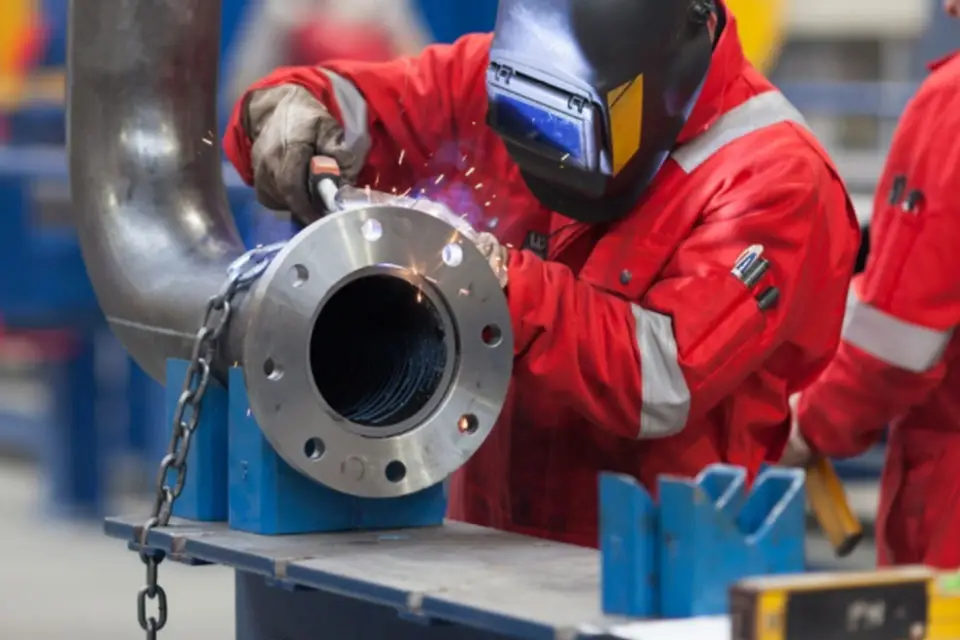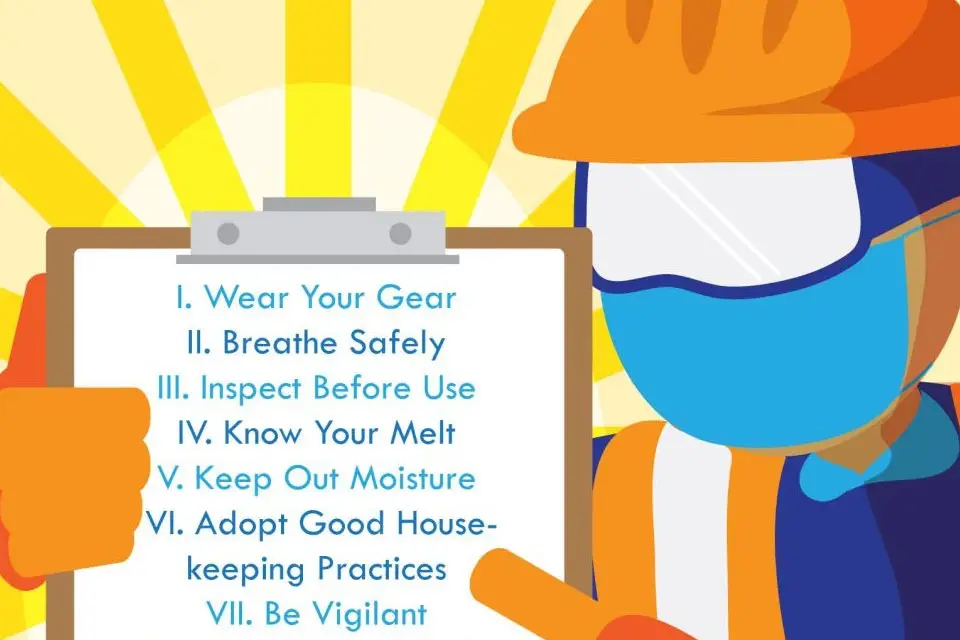In any welding environment, safety is critical. If safety practices are ignored, people working may face an array of hazards which can be potentially dangerous and lead to electric shocks, poisonous fumes and gases, fire and explosions, and even life-threatening accidents. Implementing safety measures in the welding environment depends largely on the emphasis safety is given in an organization. While it is important to encourage employees to follow safety rules to establish a safe welding operation, choosing dependable safety equipment is also very important.
Welding operations vary as per the technology used and the processes undertaken. Similarly, the machines, equipment, and welder skill sets will also be different, as will be the safety rules. Taking the right precautions to protect employees in the welding operations can reduce negative effects on production, as well as increase employee acceptance of safety regulations.
To create a clean, safe, and comfortable welding environment, consider these steps and implement the proper safety equipment.
Safety Practices Compliance
Managers and supervisors should ensure all welders read and understand instruction manuals for using the equipment, review material safety data sheets, and follow the company\’s internal safety practices. It is the responsibility of supervisors to make the workforce comply with safety regulations of the company.
Hazard Assessments
Safety requires timely reviews and assessments to uncover problematic areas within a facility. This will give a better understanding of the welding environment, as well as encourage both managers and welders to pay closer attention to safety details that may otherwise go unnoticed. Engage employees in hazard assessments by reviewing recordable injuries and trends with potential safety risks and then working with them to make corrections. Management should also get feedback from employees and make them responsible for maintaining overall safety in the welding area.
Training Workforce
Before starting, each welder should undergo a training period to make him or her aware of the safety practices followed in the organization. Whenever there is a change as per the hazard assessments, it should be properly communicated and, if required, employees should also be appropriately trained. Qualified veteran employees should conduct peer training. As per OSHA guidelines, such training is important.
Communication
The reports from the hazard assessments should be shared with both the senior management and welders so that they are well aware of the findings. Strong communication of safety regulations will encourage employee involvement, strengthen relationships within the organization, and make it possible to monitor and evaluate safety initiatives consistently. Frequent safety discussions with the welders is also important as it will help in understanding their knowledge about safety practices.
Employee safety always should be a top priority.



